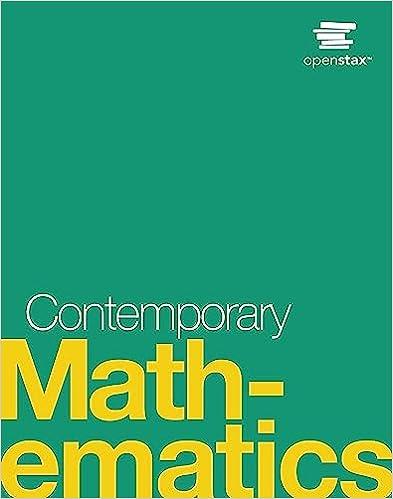Answered step by step
Verified Expert Solution
Question
1 Approved Answer
N=7 5. Consider a planet populated by two people, Willis (W) and Jeriba (J), who care about two goods, food (F) and clothing (C), produced
N=7

Step by Step Solution
There are 3 Steps involved in it
Step: 1

Get Instant Access with AI-Powered Solutions
See step-by-step solutions with expert insights and AI powered tools for academic success
Step: 2

Step: 3

Ace Your Homework with AI
Get the answers you need in no time with our AI-driven, step-by-step assistance
Get Started


